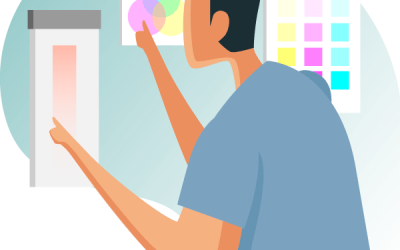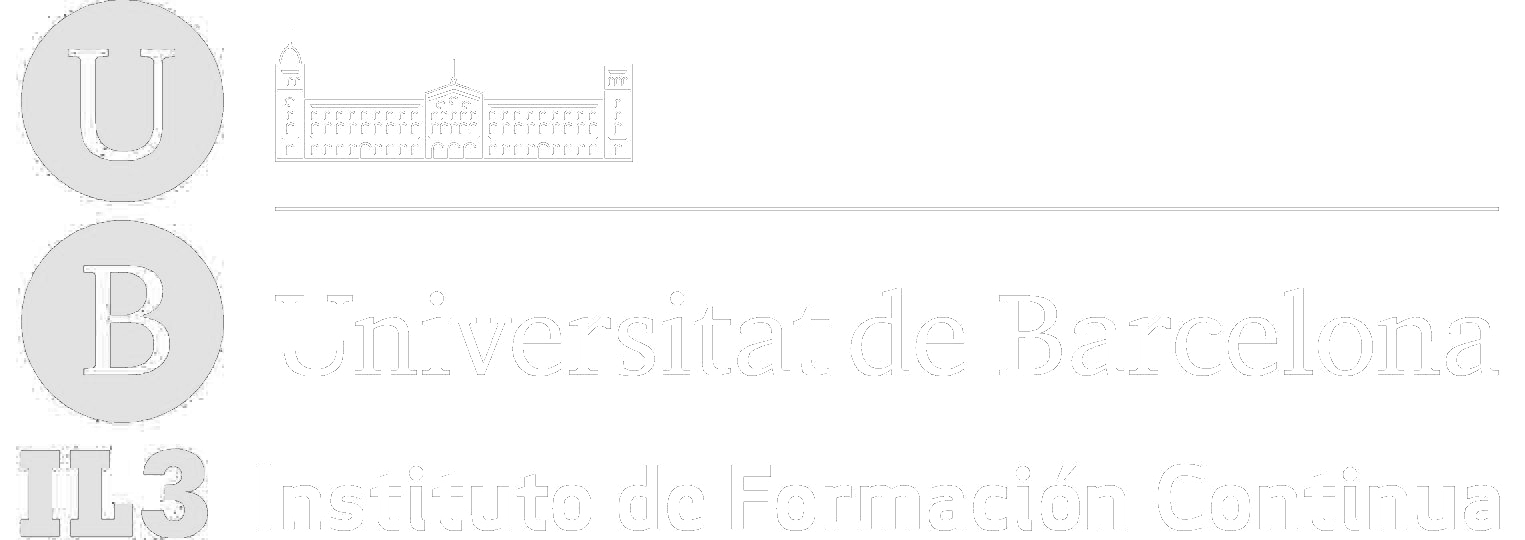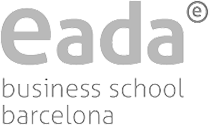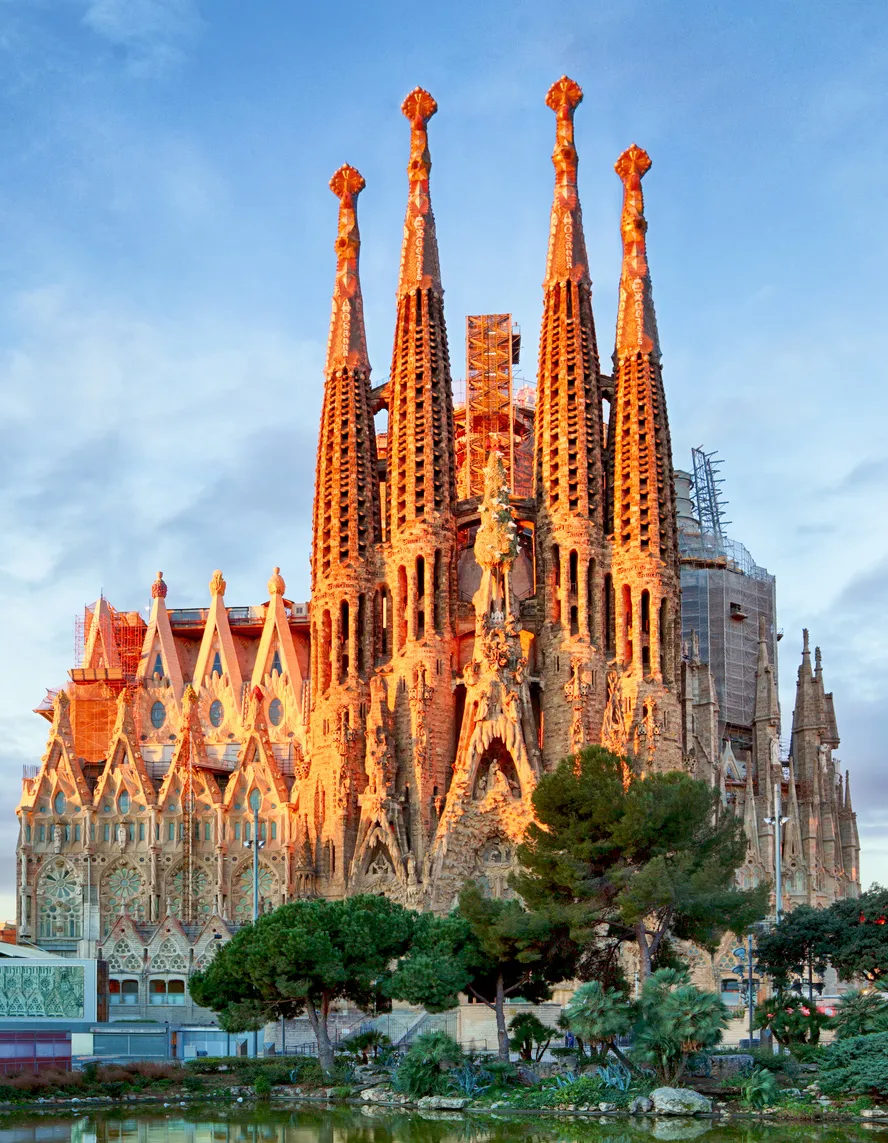Project
Management
Institute.
Hazte socio
Cuota de socio 37€/año
- Forma parte de la mayor Comunidad en Project Management
- Se voluntario y forma parte de un gran Equipo de Profesionales
- Asiste a Eventos y Talleres
- Mantente actualizado obteniendo las PDUs necesarias
- Aumenta tu red de contactos y haz crecer la profesión
El capitulo de BCN.
El Capítulo de Barcelona es una entidad privada inscrita en el Registro de Entidades Jurídicas de la Generalitat de Cataluña con el número 29.590 representa al PMI en Cataluña desde Enero del 2004.
Actualmente el Capítulo de Barcelona lo formamos más de 500 afiliados.
oportunidad
— PMI Barcelona
Involúcrate como Voluntario.
Deje su marca en nuestro Capítulo PMI y en la profesión.
Como miembro, puede ser voluntario para trabajar y liderar actividades que promuevan la profesión y apoyen las operaciones comerciales del capítulo uniéndose a nuestra comunidad de voluntarios del capítulo.
Todas las vacantes voluntarias son administradas por el Sistema de Gestión de Relaciones Voluntarias de PMI (VRMS). Este sistema incluye la capacidad de buscar oportunidades, ver detalles sobre cada rol y postularse en línea.
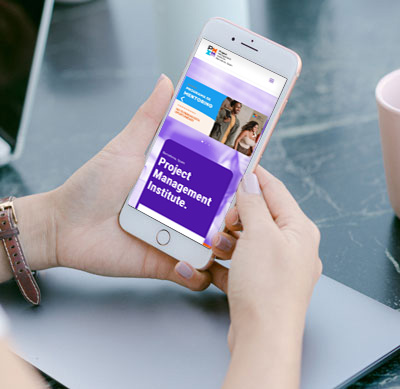

— PMI Barcelona
Artículos de Interés.
Únete al capítulo de Barcelona
Si quieres acceder a nuestro contenido exclusivo para socios, hazte miembro hoy de PMI Barcelona. PMI Europa ha lanzado la campaña "Winter Win Back" para impulsar la membresía del capítulo solo durante Marzo 2021. Ahora puedes disfrutar de las ventajas de ser socio...
Bases del concurso «Diseña nuestro logo»
En el siguiente enlace se detallan las bases del concurso para diseñar el logo del Día de los Proyectos con Impacto Social DPIS. Se otorgarán 3 PDUs a todos los participantes del concurso y se darán 6 PDUs al ganador o ganadora.
Nuestros Patrocinadores.
Platinum
Gold
Silver
Miembros
— PMI Barcelona
Miembros Destacados.
Nuevos Miembros este Mes
- Ricard Bringué González, PMP
- Bartosz Cz??cik-Szalewski, PMP
- Fernando Rodriguez-Rey, PMP
- Nancy Ben Kacem
- Michele Mattera
- Leticia Aguiar
- Manuel Villanueva, PMP
- Maria Almudena Martinez Taboada
- Nathalia Andrea Solarte Eraso
Nuevos PMP's este Mes
- Fernanda Balbi, PMP
- Silvio Cappelluti, PMP
- Youcef Bouguerra, PMP
15º Año Aniversario
- Montserrat Chavalera, Pmp
Miembros renovados este mes
- Timothy Finn, PMP
- Simon Meana, PMP
- Julián Garijo, PMP
- Said Rohullah Majidi
- Oleg Dyakov, PMP
- Nicolas Gendron, PMP
- Elena Fernandez Cano, PMP
- Roger Vilagut, PMP
- Daniel Coloma Pico, PMP
- Roberto Valverde Acebes
- Raquel Adua Martinez
- Michael Stanton, PMP
- MARIA TERESA ALONSO ARGUL, PMP
- Angel Navarro Estepa, PMP
- Carles Adell Martínez, PMP
- Josep Torres, PMP
- JUAN JOSE BEIRO FERREIRA, PMP
- Daniel Gutierrez
- David Arcas Bertran, PMP
- Carles Pérez, PMP
- Conrad Lopez Fontanals, PMP
- Marc Soriano, PMP
- Gerardo Ibarra, PMP


